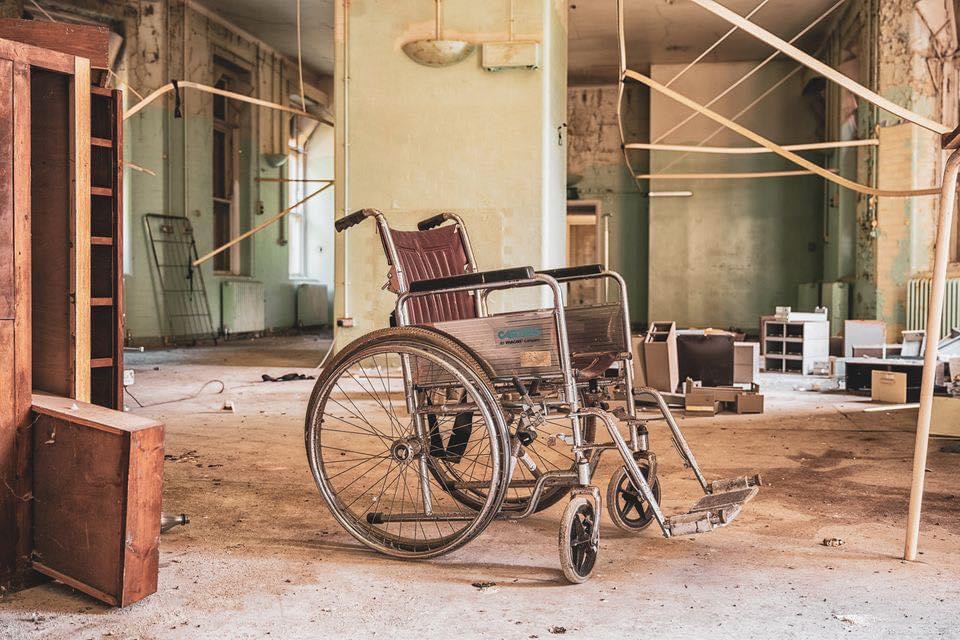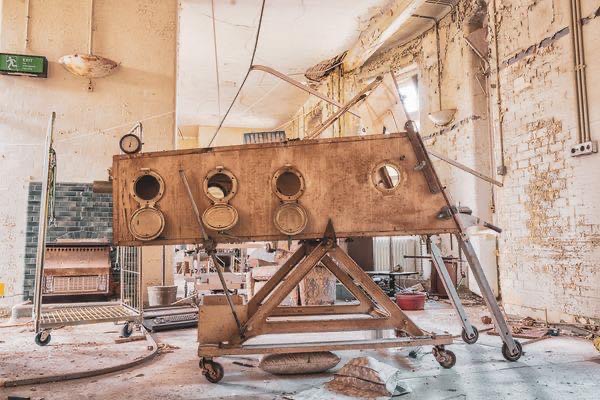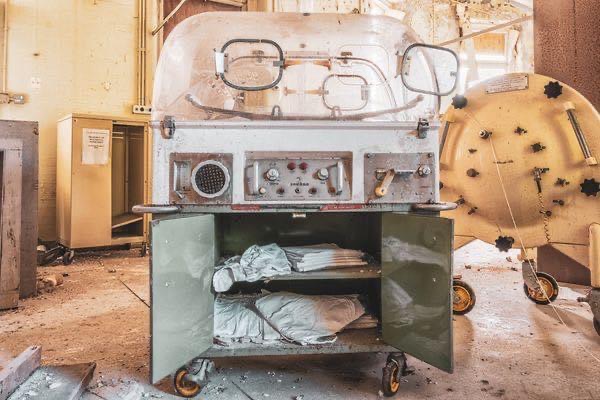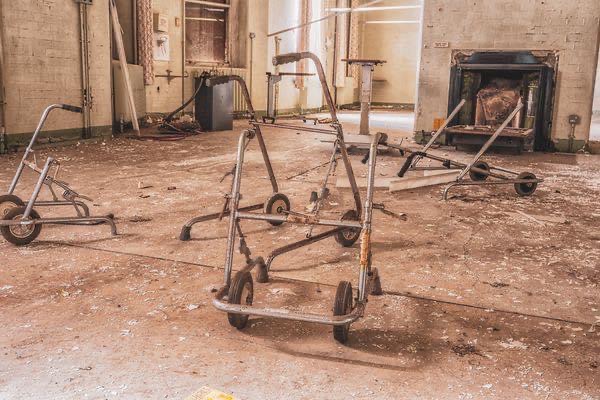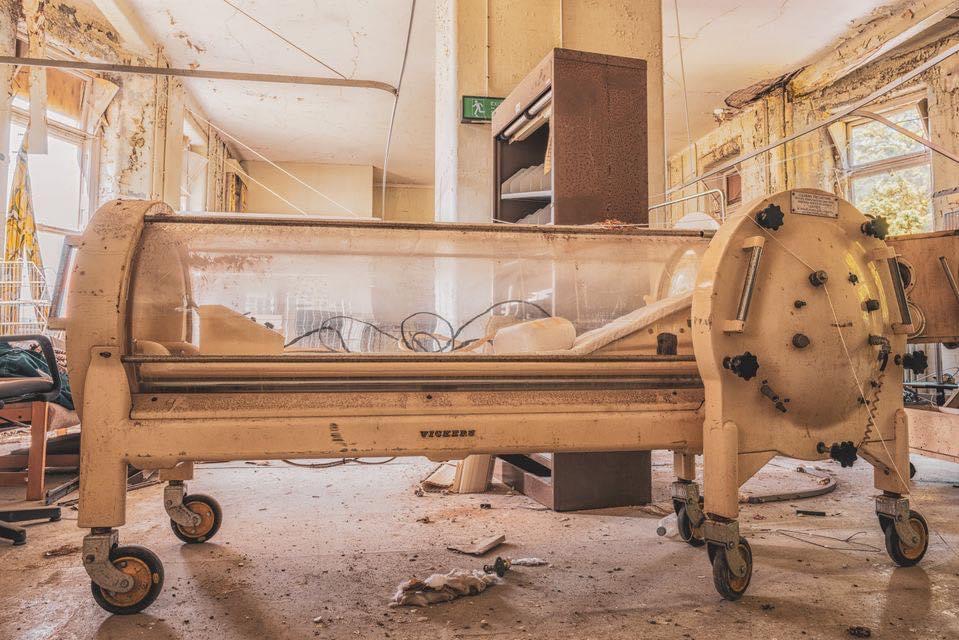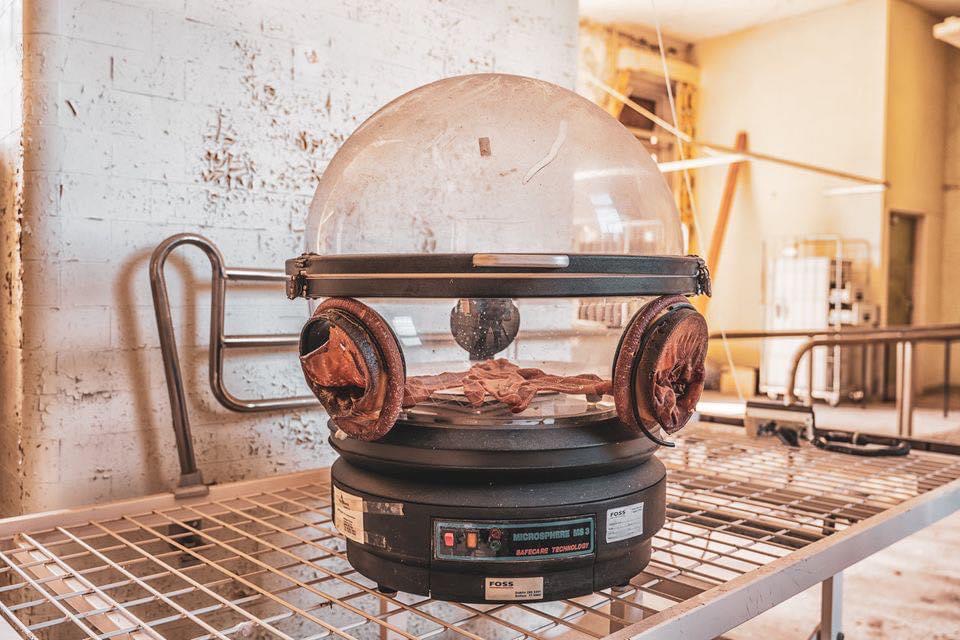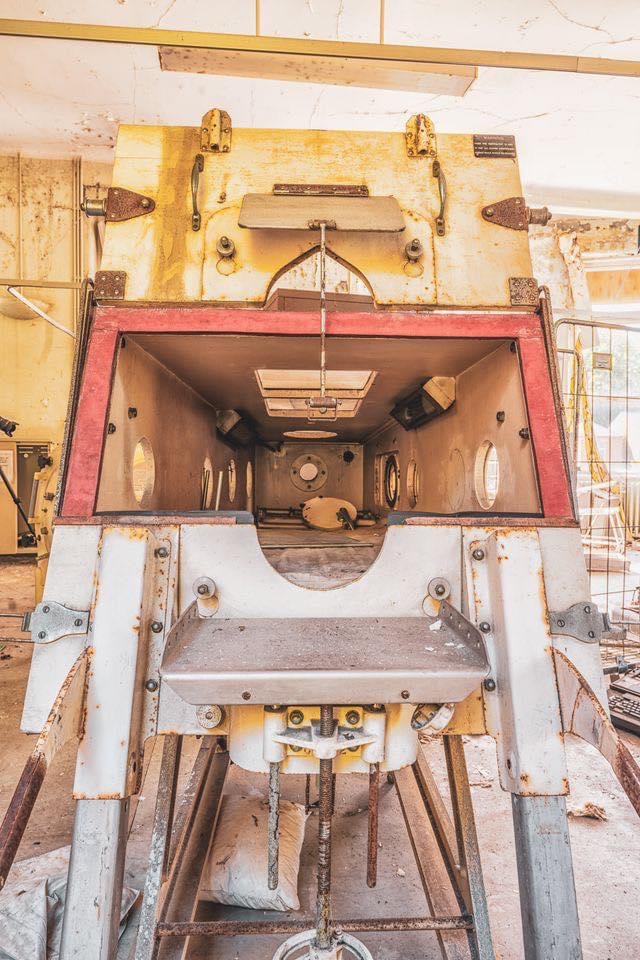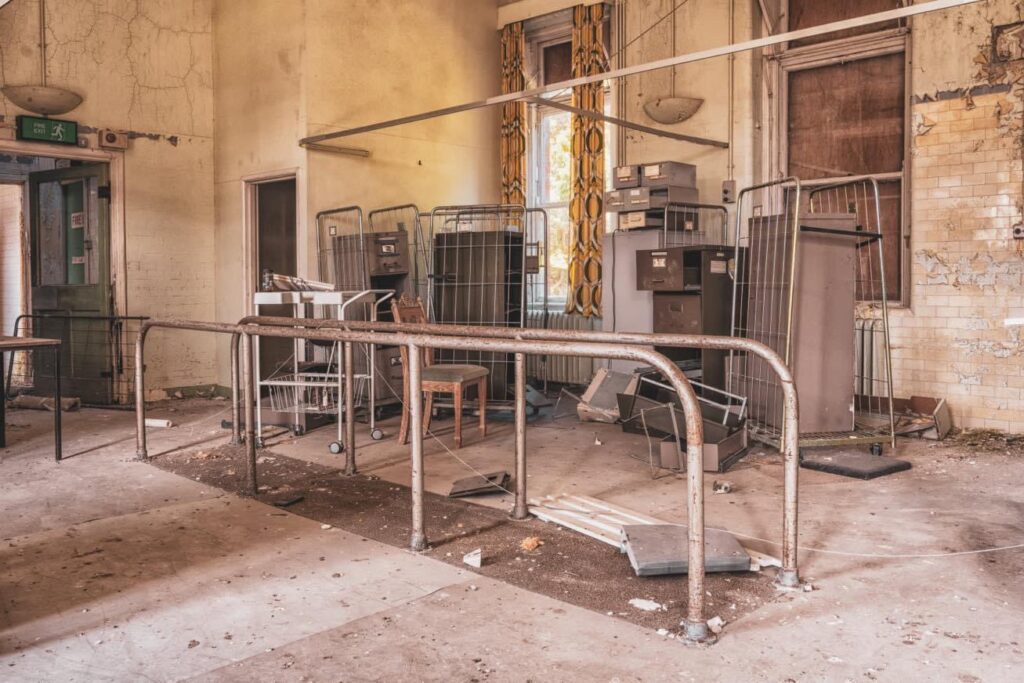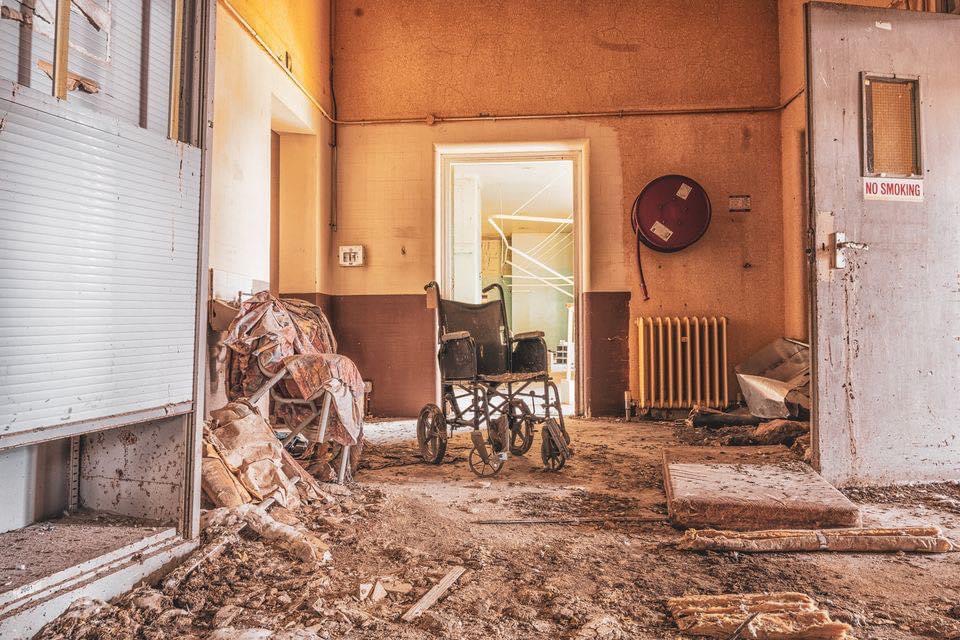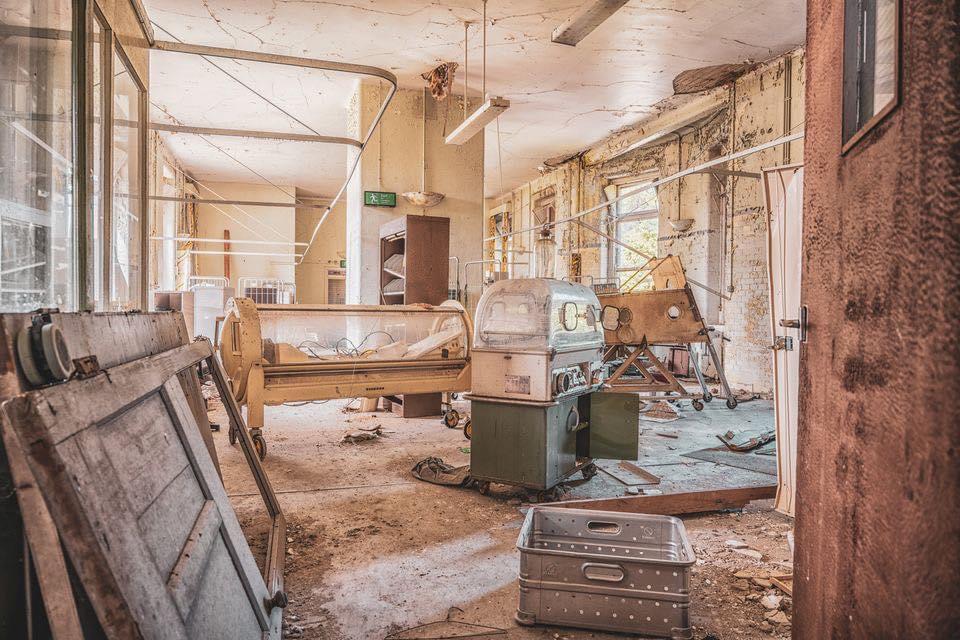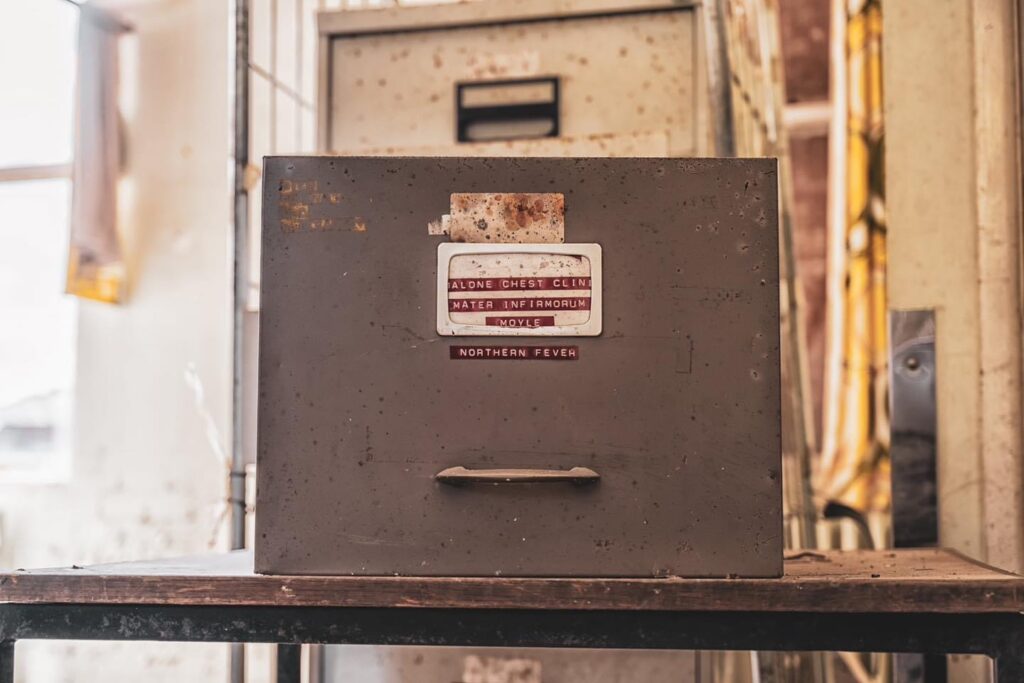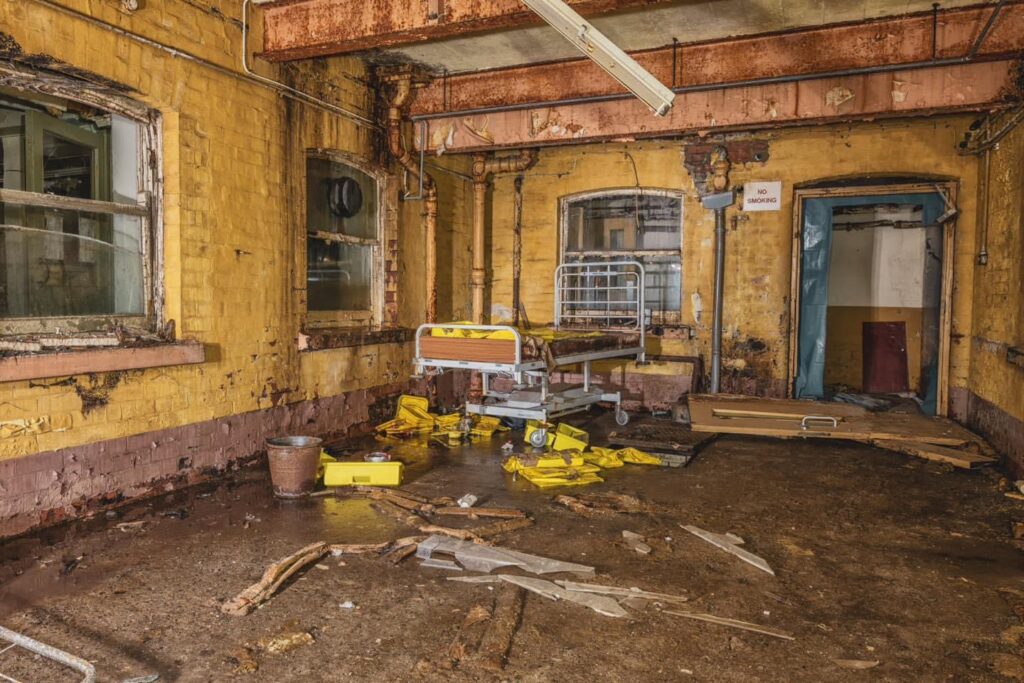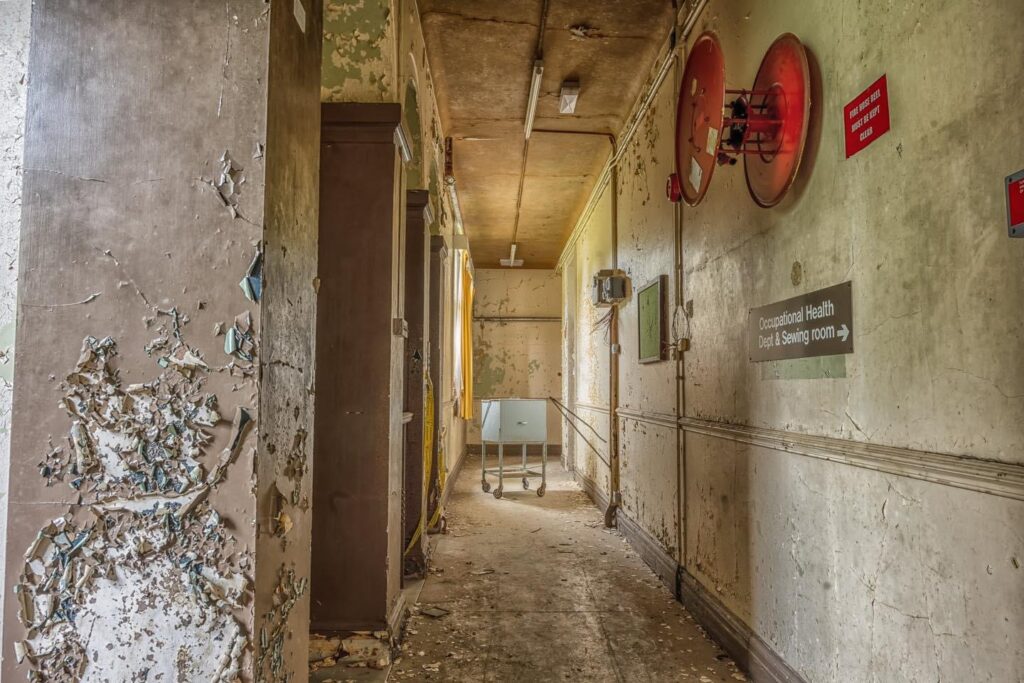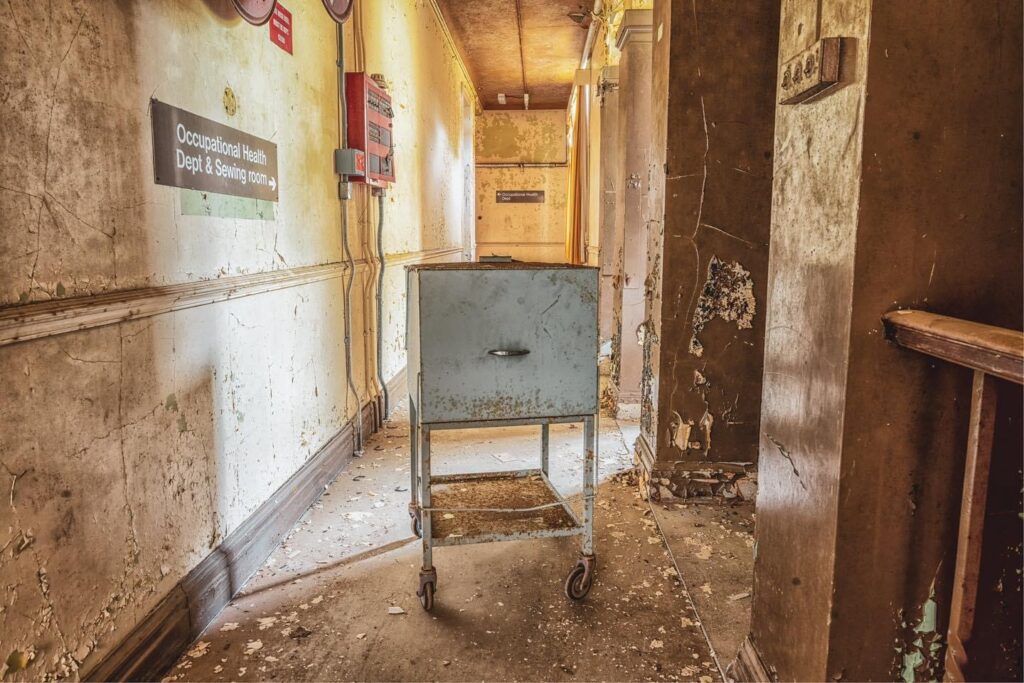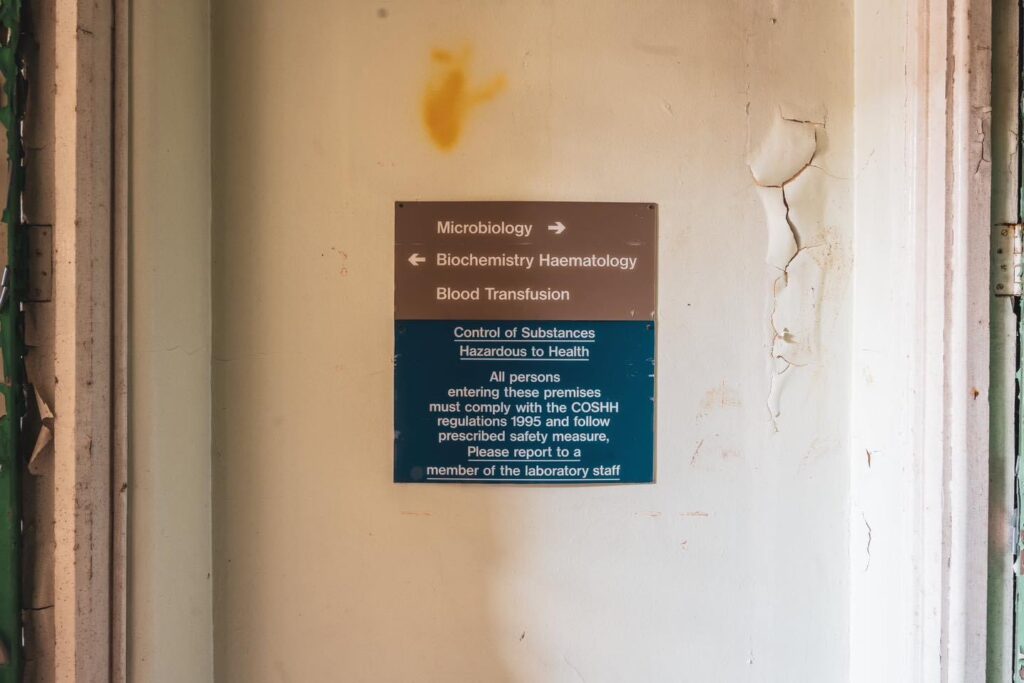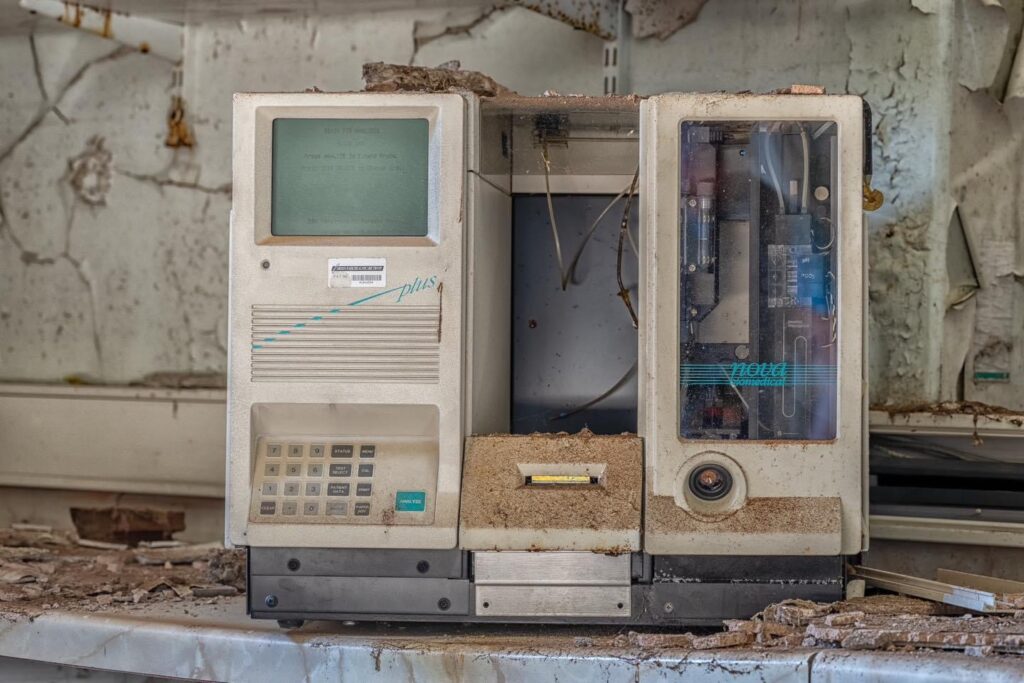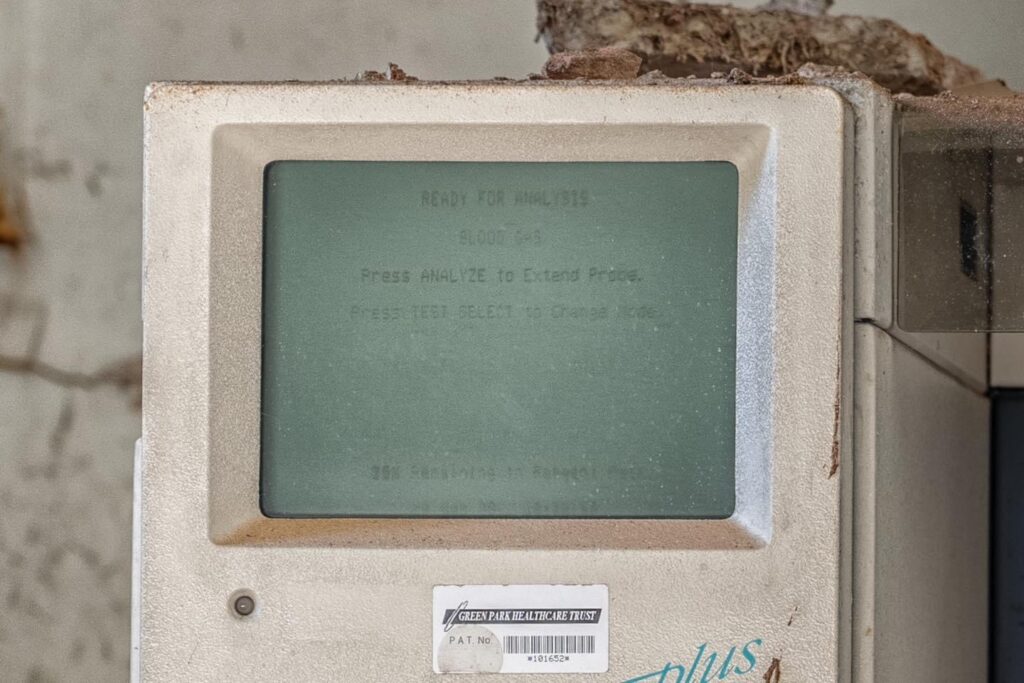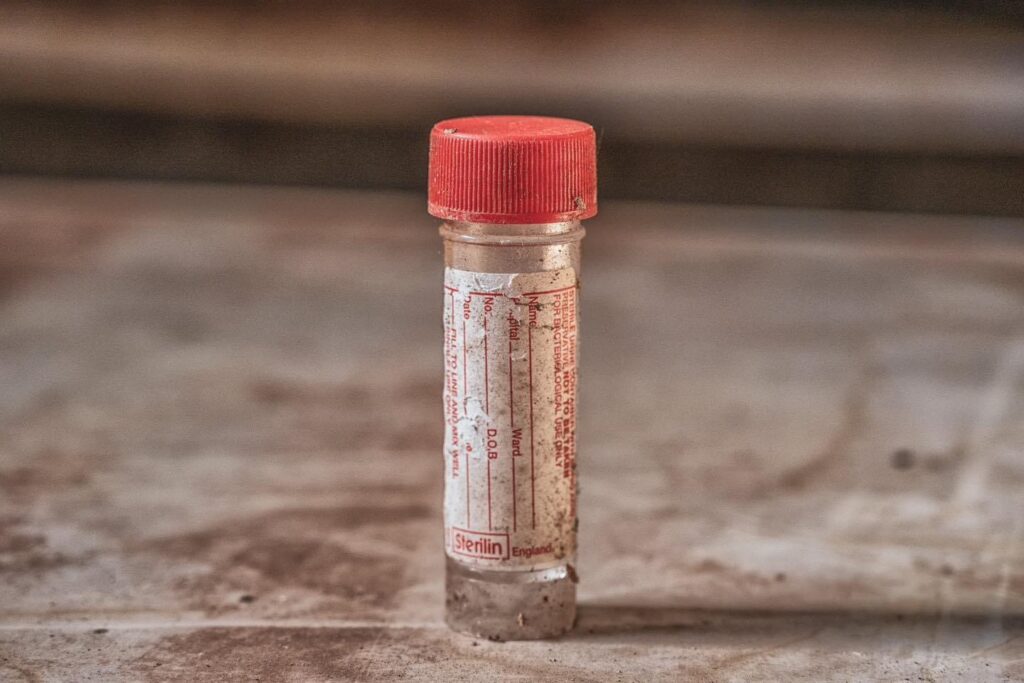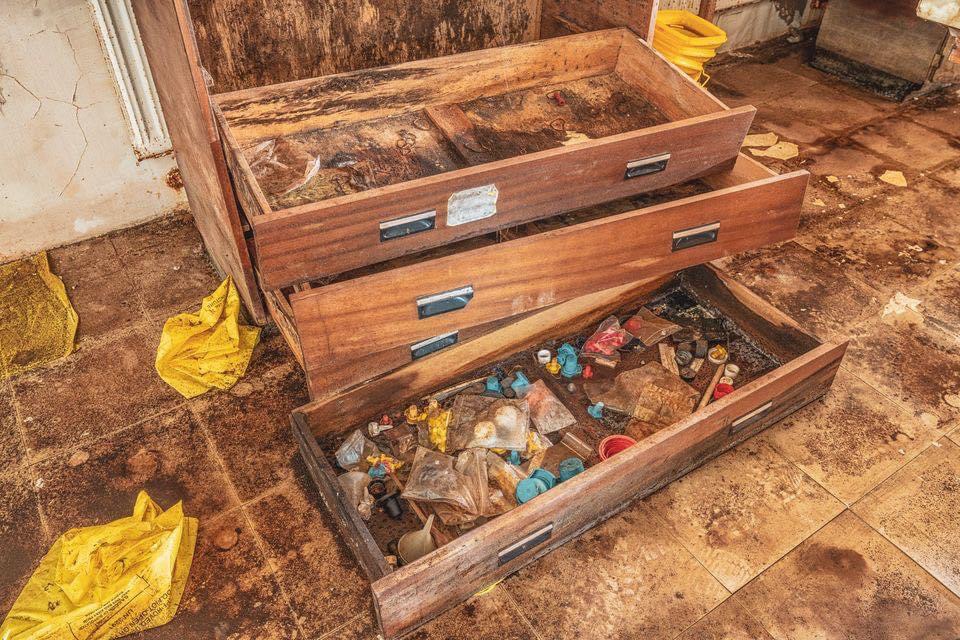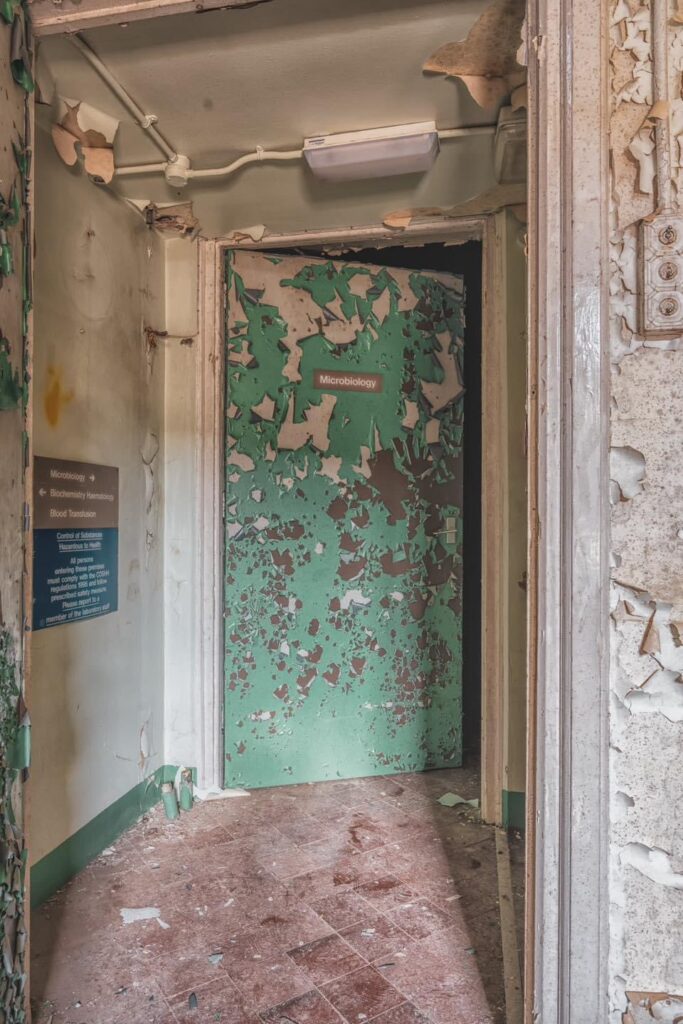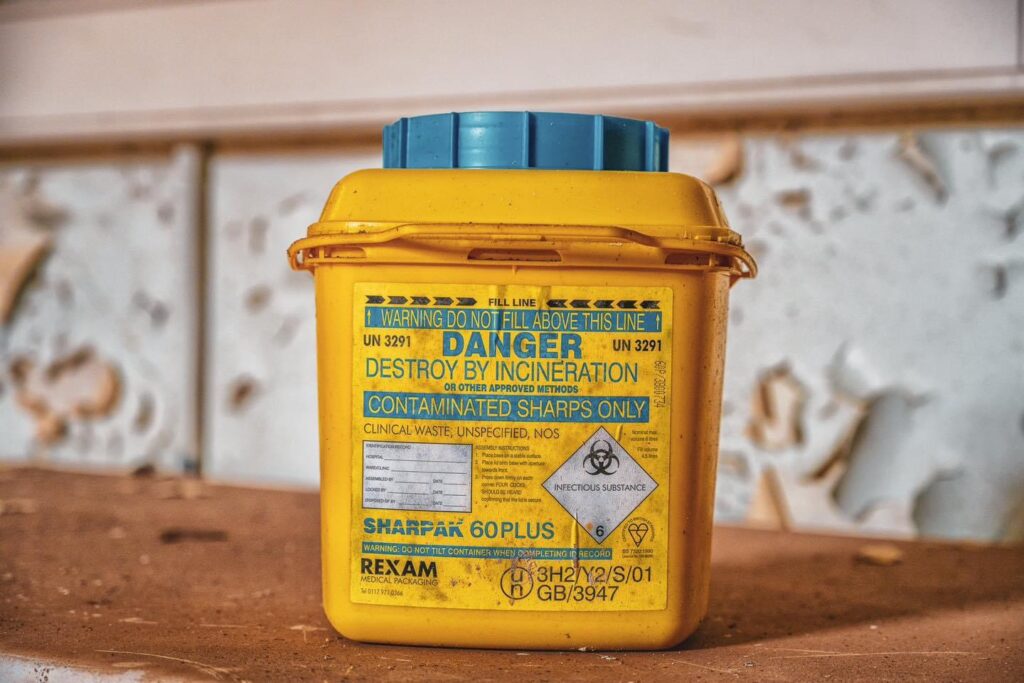
Belvoir Park Hospital: A Historical Overview
Belvoir Park Hospital, located in South Belfast, Northern Ireland, holds a significant place in the history of healthcare in the region. Established in 1906, the hospital originally opened as Purdysburn Fever Hospital, designed to treat infectious diseases such as tuberculosis, diphtheria, and scarlet fever. Over the years, it evolved to meet the changing healthcare needs of the community.

Architecture and Facilities
The hospital’s architectural design reflects the early 20th-century approach to medical facilities, with separate pavilions to prevent the spread of infections. Sprawling over an extensive area, Belvoir Park Hospital boasted numerous wards, specialized treatment units, and ample green spaces intended to aid in patient recovery.
Role During World Wars
During both World War I and World War II, Belvoir Park Hospital played a crucial role in treating wounded soldiers. Its facilities were expanded to accommodate the influx of patients, and it became a pivotal institution in the region’s war effort, providing critical care and rehabilitation to thousands of servicemen.
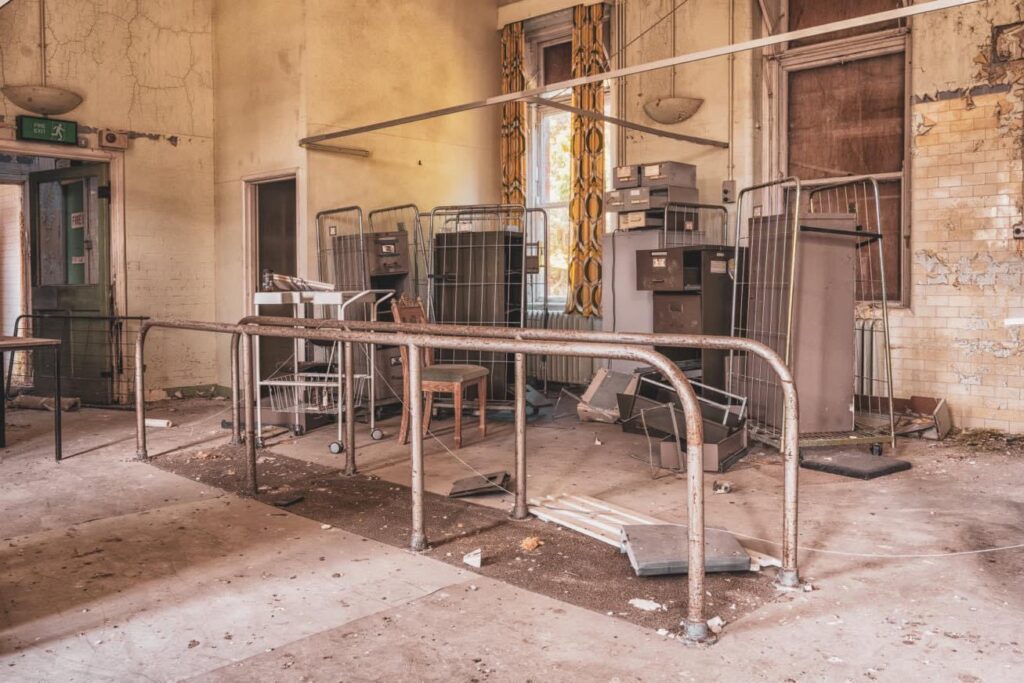
Transition to Cancer Treatment
In the latter half of the 20th century, Belvoir Park Hospital transitioned to become Northern Ireland’s leading oncology center. It was renowned for its comprehensive cancer treatment services, including radiotherapy and chemotherapy. The hospital’s dedication to oncology earned it a reputation for excellence in cancer care, serving patients from across Northern Ireland.
Closure and Legacy
Belvoir Park Hospital closed its doors in 2006, with services being transferred to the newly constructed Belfast City Hospital Cancer Centre. Despite its closure, the legacy of Belvoir Park Hospital endures. The site has since been redeveloped for residential use, but the memories of the care and compassion provided within its walls remain cherished by many.
Today, the history of Belvoir Park Hospital is remembered as a testament to the progress of medical care in Northern Ireland. Its contribution to infectious disease treatment, wartime medical efforts, and cancer care has left an indelible mark on the community, embodying a century of healthcare evolution and dedication.
